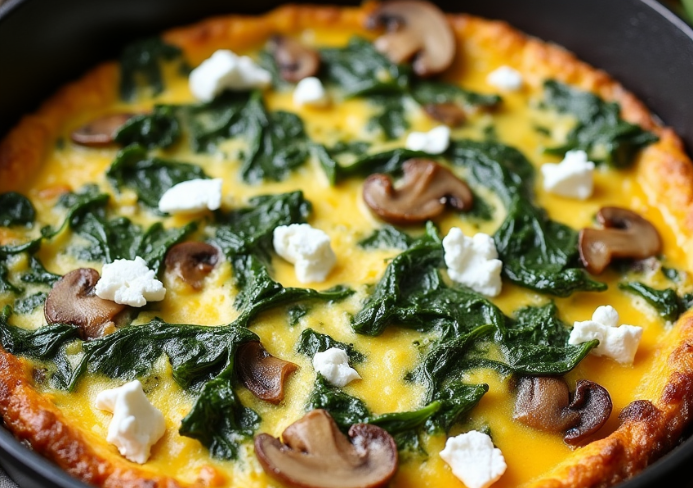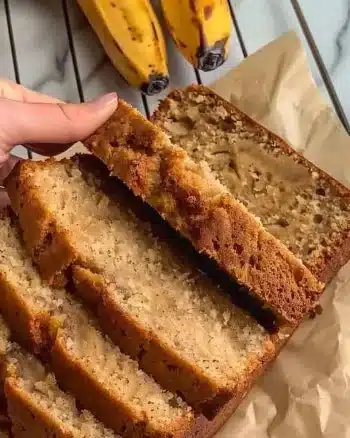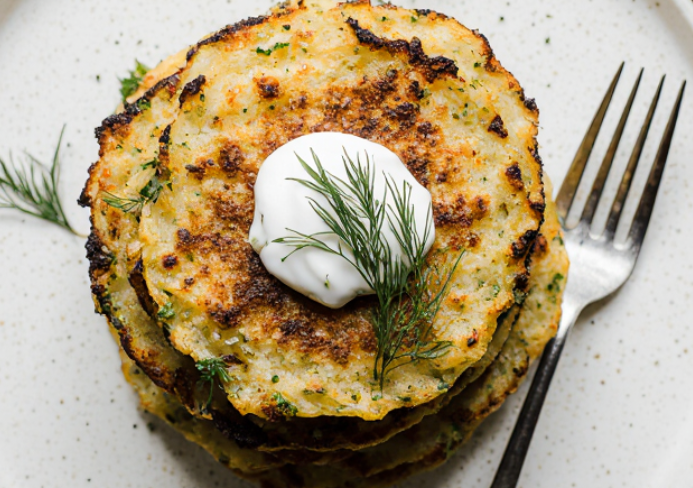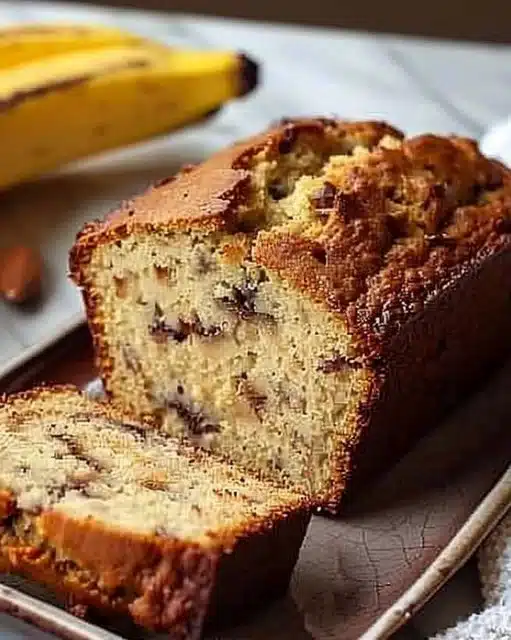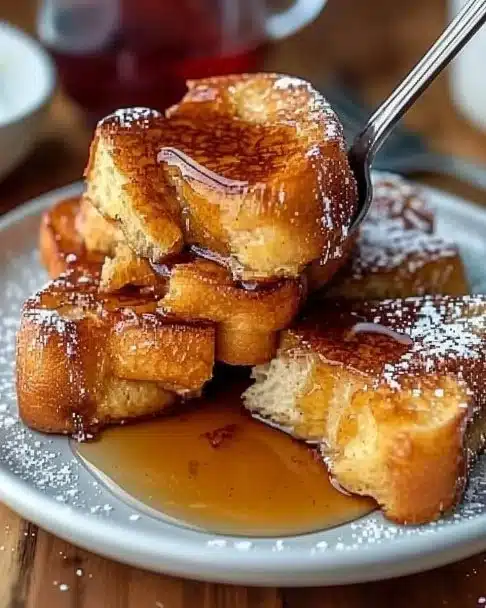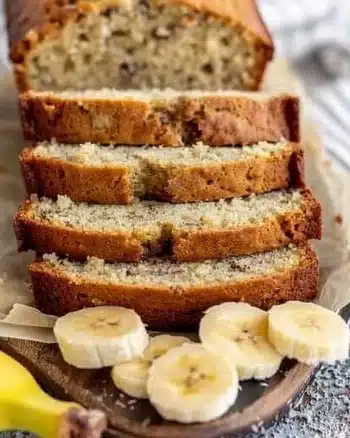Frittata Recipe: The Secret to Extra Creaminess!
A perfectly cooked frittata is more than just an upgraded omelet—it’s a versatile, deeply satisfying egg dish that can be enjoyed for breakfast, brunch, lunch, or dinner. But if you’ve ever had a dry, rubbery frittata, you know how disappointing it can be. So, what’s the secret to that luscious, extra creamy texture that makes every bite melt in your mouth?
Table of Contents
Let’s explore the ingredients, science, and cooking methods that unlock the true potential of the creamiest frittata you’ve ever tasted.
What Is a Frittata?
A frittata is an Italian egg-based dish similar to an omelet or crustless quiche. Traditionally cooked slowly and filled with vegetables, cheeses, or meats, it’s a flexible recipe that invites creativity.
Unlike an omelet, which is cooked quickly and folded, a frittata is cooked low and slow—usually finished in the oven—which allows for even cooking and a fluffier, creamier texture. For a deeper understanding of the role eggs play in texture and structure, check out this breakdown of egg science from Serious Eats.
What really sets a frittata apart is how adaptable it is. With the right base ingredients and technique, you can easily turn it into a creamy, gourmet-level meal using what you have on hand.
The Science Behind Creaminess
Understanding the science behind a creamy frittata helps you master the technique. The key components are:
- Fat content: Creaminess comes from fat. Ingredients like heavy cream, sour cream, and certain cheeses help create that rich texture.
- Egg proteins: Eggs solidify when cooked, but too much heat causes them to become rubbery. Gentle cooking is essential.
- Emulsification: Mixing eggs with dairy creates a stable emulsion that cooks evenly and retains moisture.
To improve the safety and consistency of your cooking, the American Egg Board’s egg safety guide is a helpful resource for best practices.
The Secret Ingredient: Unlocking Creaminess
There’s no single magic ingredient, but certain additions reliably produce a super creamy frittata. Consider adding:
- Heavy cream – The gold standard for richness
- Sour cream – Adds tang and soft texture
- Greek yogurt – Boosts protein and moisture
- Ricotta cheese – Mild flavor, incredible creaminess
Ricotta often stands out for both its texture and subtle flavor. It blends seamlessly with eggs and enhances the overall mouthfeel without overpowering the dish.
Cooking Techniques That Enhance Creaminess
Getting that velvety texture isn’t just about ingredients—it’s also how you cook them. Here are tried-and-true techniques:
- Low and slow heat: Cook gently on the stovetop before transferring to the oven.
- Use an oven-safe skillet: A cast iron or non-stick oven-safe pan ensures even heat distribution.
- Don’t overcook: The center should jiggle slightly when you remove it from the oven.
- Let it rest: Resting allows carryover heat to finish the cooking without drying it out.
Best Fillings to Complement a Creamy Texture
The right fillings complement—not compete with—the creaminess. Use pre-cooked or roasted ingredients to avoid sogginess.
Vegetables
- Spinach
- Mushrooms
- Roasted red peppers
- Zucchini (pre-cooked)
Cheeses
- Goat cheese
- Gruyère
- Feta
- Mozzarella
Proteins
- Smoked salmon
- Bacon
- Sausage
- Prosciutto
Choose cheeses that melt well and provide tangy or nutty contrast to the richness of the egg base.
Step-by-Step Recipe: Extra Creamy Frittata
Ingredients
- 8 large eggs
- ½ cup heavy cream (or ¼ cup ricotta + ¼ cup milk)
- ½ cup cooked spinach
- ¼ cup cooked mushrooms
- ¼ cup goat cheese
- Salt and pepper to taste
- 1 tablespoon olive oil or butter
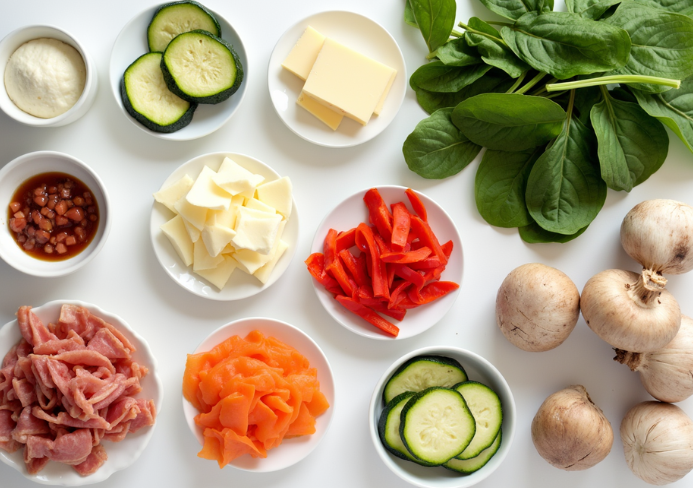
Instructions
- Preheat oven to 350°F (175°C).
- In a mixing bowl, whisk together eggs, heavy cream, salt, and pepper until fully combined.
- Heat oil or butter in an oven-safe skillet over medium-low heat.
- Add vegetables and cook for 2–3 minutes until just softened.
- Pour in egg mixture and gently stir once to distribute fillings.
- Cook for 5 minutes on stovetop until edges begin to set.
- Transfer to the oven and bake for 8–12 minutes, or until the center is slightly jiggly.
- Let rest for 5 minutes before slicing.
Pro tip: Don’t skip the resting time. It finalizes the texture and prevents wateriness.
Common Mistakes to Avoid
Avoid these pitfalls to ensure your frittata turns out silky smooth every time:
- Using too many eggs: Overloading the pan can lead to uneven cooking.
- Skipping fat or dairy: Low-fat versions result in a dry texture.
- High heat: Causes curdling and dryness.
- Raw fillings: Water released during cooking makes your frittata soggy.
How to Serve and Store
Serve your frittata warm or at room temperature. It pairs wonderfully with:
- A fresh arugula salad
- Roasted potatoes
- Crusty bread
To store:
- Let it cool completely before refrigerating
- Wrap slices tightly or place in an airtight container
- Reheat gently in a low oven or microwave
Avoid over-reheating—it can ruin that beautiful creaminess you worked so hard to create.
FAQs
What makes a frittata creamy?
Fat and slow cooking. Ingredients like cream or ricotta plus gentle heat retain moisture and enhance texture.
Can I use milk instead of cream in a frittata?
Yes, but results will be less rich. Combine milk with ricotta or sour cream for better creaminess.
Why is my frittata watery?
Usually from raw vegetables or overcooked eggs. Always pre-cook fillings and avoid high heat.
Should I cover a frittata when baking?
No, covering traps steam and alters the texture. Bake uncovered for a set top and soft interior.
How long should a frittata rest before cutting?
5 to 10 minutes is ideal. It allows the egg proteins to settle and the texture to firm up.
Frittata Recipe: The Secret to Extra Creaminess!
- Total Time: 30 minutes
- Yield: 4 servings
Description
An extra creamy frittata featuring tender vegetables, goat cheese, and a rich egg and cream base — perfect for a luxurious brunch or light dinner.
Ingredients
- 8 large eggs
- ½ cup heavy cream (or ¼ cup ricotta + ¼ cup milk)
- ½ cup cooked spinach
- ¼ cup cooked mushrooms
- ¼ cup goat cheese, crumbled
- Salt and pepper to taste
- 1 tablespoon olive oil or butter
- Optional Add-ins: Roasted red peppers, zucchini (pre-cooked), gruyère, feta, mozzarella, smoked salmon, bacon, sausage, prosciutto
Instructions
- Preheat oven: Set oven to 350°F (175°C).
- Whisk eggs: In a mixing bowl, whisk together eggs, heavy cream (or ricotta and milk), salt, and pepper until smooth.
- Sauté vegetables: Heat olive oil or butter in an oven-safe skillet over medium-low heat. Add spinach and mushrooms. Cook for 2–3 minutes until just softened.
- Combine and cook: Pour egg mixture over the vegetables and gently stir once to distribute fillings. Let cook on the stovetop for about 5 minutes, or until edges start to set.
- Bake: Transfer skillet to the oven and bake for 8–12 minutes, or until the center is just set but still slightly jiggly.
- Rest and serve: Let the frittata rest for 5 minutes before slicing to finish setting and enhance creaminess.
Notes
Use cheeses that melt well and provide contrast like goat cheese or gruyère. Don’t skip the resting time — it finalizes the texture and prevents sogginess. You can customize with meats or more vegetables as desired.
- Prep Time: 10 minutes
- Cook Time: 20 minutes
- Category: Brunch / Light Meal
- Method: Stovetop and baked
- Cuisine: European / Mediterranean

